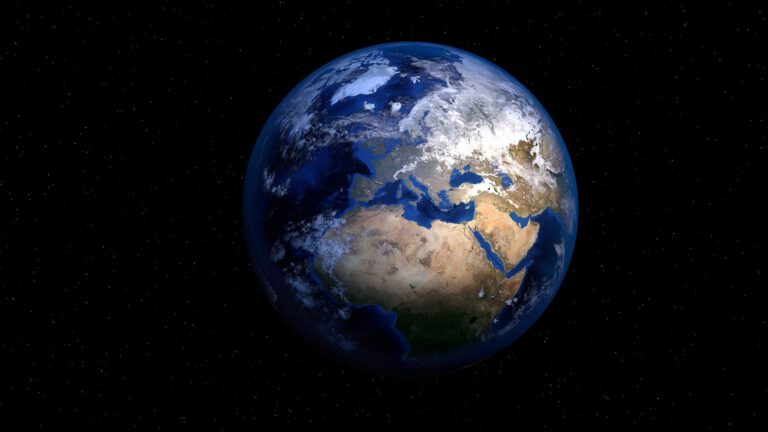Give Your Clothes a Second Life: The Power of Upcycling
Why throw it away when you can turn it into something amazing? Upcyling clothes is one of the most powerful and creative ways to fight fashion waste, protect the planet, and express yourself – all at once. It’s fun, affordable, and makes a real difference.
Why Upcycling Helps the Planet
The fashion industry is one of the most polluting in the world. Fast fashion produces millions of tons of waste each year — and most clothes end up in landfills or are burned. Upcycling fights back:
Less waste: You keep clothing in use instead of tossing it.
Saves resources: Making a new pair of jeans uses up to 7,000 liters of water. Upcycling uses zero.
Reduces CO₂: No new production means fewer emissions.
Why It Benefits Society
Upcycling isn’t just good for the planet — it supports people and local communities:
Strengthens local craft & small brands: Many upcycling projects are run by independent makers and social enterprises.
Makes fashion more inclusive: No big budgets or trends needed — just creativity.
Empowers people through skills: Sewing, mending, designing — upcycling helps people learn hands-on, valuable skills.
Why It’s Great for You
Unique style: No more wearing what everyone else wears. Upcycling = one-of-a-kind looks.
Learn new skills: From sewing to dyeing to embroidery — it’s a creative challenge.
Save money: Turn what you already own into something new.
Feel good: Wearing something you rescued or remade gives you pride and purpose.
You don’t need to be a fashion designer to create something amazing — just start with what you already have. Every stitch counts. When you upcycle, you’re not just making clothes — you’re making change.
How to Get Started in 5 Simple Steps
1. Choose one item you no longer wear — maybe it’s damaged, boring, or just not “you” anymore.
2. Find inspiration: Search Pinterest, Instagram, or YouTube for simple upcycling ideas (e.g., crop tops from old shirts, tote bags from jeans, bleach dye techniques).
3. Gather basic tools: A needle, thread, scissors, fabric glue or patches. You don’t need a sewing machine to begin.
4. Keep it simple: Start small — try a patch, a cut, a knot, or even just rolling up sleeves.
5. Make it yours: Add your own flair — embroidery, paint, pins, or fabric scraps.
Final Thought
Upcycling is about slowing down, reconnecting with your clothes, and turning fashion into a force for good. Whether you’re restyling a shirt or turning a dress into a skirt, you’re part of a growing movement that says: Fashion can be fun, fair, and sustainable — and it starts with your next DIY project.
photo by Jasmin Chew on Unsplash
Edited with AI ChatGPT







